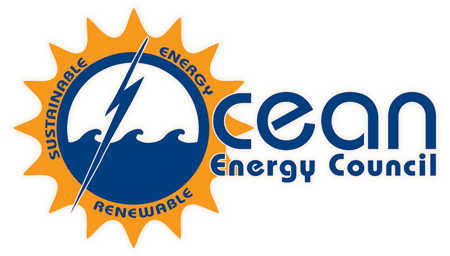Areas that typically experience high marine current flows are in narrow straits, between islands and around headlands. Entrances to lochs, bays and large harbours often also have high marine current flows (EECA,1996). Generally the resource is largest where the water depth is relatively shallow and a good tidal range exists. In particular, large marine current flows exist where there is a significant phase difference between the tides that flow on either side of large islands.
There are many sites world-wide with velocities of 5 knots (2.5 m/s) and greater. Countries with an exceptionally high resource include the UK (E&PDC, 1993), Ireland, Italy, the Philippines, Japan and parts of the United States. Few studies have been carried out to determine the total global marine current resource, although it is estimated to exceed 450 GW (Blue Energy, 2000).
In the US, the Florida Current and the Gulf Stream are reasonably swift and continuous currents moving close to shore in areas where there is a demand for power. If ocean currents are developed as energy sources, these currents are among the most likely. But most of the wind-driven oceanic currents generally move too slowly and are found too far from where the power is needed. Here is a map of all major known ocean currents.
